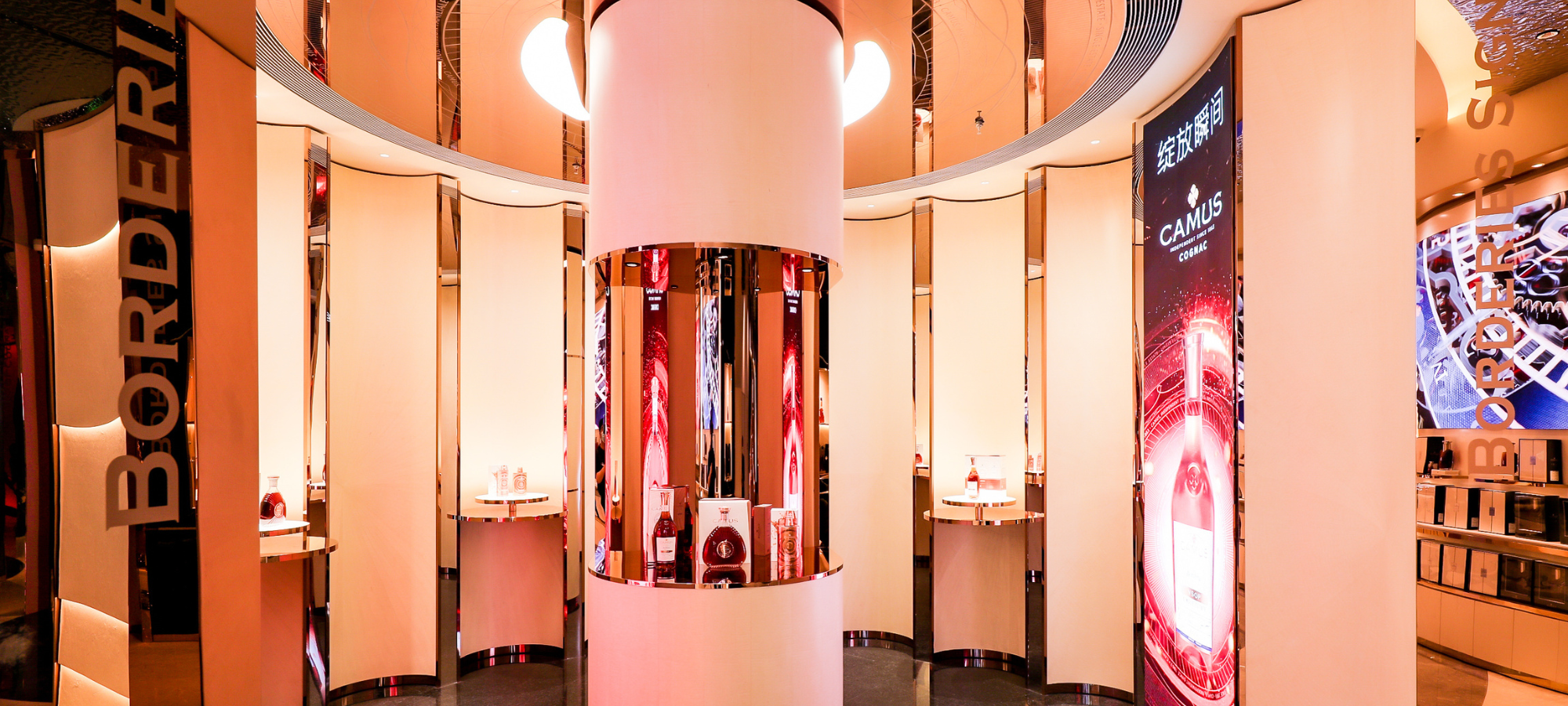
How is cognac made ?
Cognac is the result of the blending of eaux-de-vie produced over different years. Produced in France in the eponymous region, its production area extends over a large part of the Charente, but also in Charente-Maritime, Deux-Sèvres and Dordogne.
The stages of production of cognac must follow standards of manufacture established by the National Interprofessional Office of Cognac (BNIC). If these are not respected, the spirit obtained will be considered as a brandy.
What are the different stages of cognac production?
From the vineyards to the cellar, passing through the still, years of work are necessary to give birth to this exceptional spirit.
Wine harvest
The harvest begins between the end of September and the beginning of October, at the ideal ripening period of the grapes. The maturation levels of the plots are therefore meticulously controlled. Cognac is made from different white grape varieties that produce wines with high acidity and low sugar content (notably Ugni blanc, Folle blanche and Colombard). The grapes are pressed immediately after the harvest. This pressing allows us to obtain a fresh grape must, which is immediately fermented to transform it into wine.
Double distillation in the Charentaise style
Distillation is the process of separating the alcohols contained in a fermented drink (such as wine or beer) in order to obtain a spirit. Originally, the wines of the Cognac vineyards were distilled only once in order to activate their preservation. The result was similar to an average brandy and was mainly used as a coupage.
Today, double heating distillation is mandatory for the production of cognac. With this double distillation, known as "à la charentaise", the spirits obtained benefit from a greater finesse. It is carried out in a copper still specific to the region and whose maximum capacity is standardized.
In the Charente distillation process, the wine is heated to 78.3°C, the boiling temperature of ethanol, in order to separate it from water (which boils at around 100 °C) and other components. The alcohol evaporates first. The vapors will then rise in the "hood", then pass through the "swan neck" to finally condense in the "pipe" (a coil several meters long immersed in a large container filled with cold water) before returning to a liquid form rich in alcohol.
The process is completed when the majority of the alcohol has evaporated. The still contains only the wine residue, also called "vinasse". The distillate obtained during the first heating, called "brouillis" must be redistilled during a second heating called "bonne chauffe". The brouillis, a distillate with a cloudy appearance, contains between 28 and 32% alcohol.
During the "bonne chauffe", the brouillis is brought to a boil. The first liters, which arrive at the alcoholometer holder, are called the heads. Then comes the "heart" of heating, the "seconds" and finally the "tails".
Only the "heart", of crystalline appearance, with a higher alcohol content (between 68 and 72%) is considered as Cognac brandy. It is then aged in oak barrels.
Good to know :
Maison CAMUS uses its patented method, INSTENSITY. Here, the first 20 liters are kept and set aside. These have a high concentration of esters and are responsible for intense fruity aromas. The most aromatic liters are tasted individually and added to the final distillate. Thus, our cognacs are up to seven times more aromatic than in a standard distillation.
Aging in oak barrels
This natural aging method allows the cognac to gain in flavor in barrels made in the traditional style of the region. After double distillation in the Charentaise style, the resulting spirit requires a long aging process to become cognac. This is how the flavors of the wood are transmitted to the alcohol and how it obtains its particular color.
In order to enrich the bouquet of the cognac, only oak is authorized by the specifications of the appellation for the manufacture of barrels. These have been chosen for their solidity, their resistance and their extraction properties. The cognac is therefore left in casks for at least 2 years, starting on April 1st of the year following the harvest. This is the minimum period required to be classified as VS cognac. This stage is carried out in cellars to refine and store the eaux-de-vie until bottling.
The reduction
After distillation and aging, the cognac loses only a very small amount of degree per year. The reduction consists in adding a small defined quantity of distilled or demineralized water to the spirit. This step makes it possible to obtain more quickly the alcohol levels recommended for the selling of cognac. Indeed, the minimum volume to be reached is 40% for blends of eaux-de-vie of different ages and crus.
The blend
Each cognac has its own identity, which it owes to its terroir of origin, its harvesting and vinification conditions and the distillation method chosen. The final blending, carried out by the cellar master, is one of the most determining factors. The role of the cellar master is to select the eaux-de-vie and to stop their aging when they have reached their optimal potential. He may decide to blend eaux-de-vie from several crus with different aging times. But he can also propose a cognac from a single barrel or from the same harvest year. The cognac can be reduced by adding water, as mentioned above, or delivered raw, at a higher degree.
Bottling and labeling
Bottling takes place when the cognac has reached the recommended alcohol level. It puts an end to the aging of the cognac. It is carried out by the producers themselves or by local companies.
As for the labeling, it must respect precise norms, with obligatory mentions, notably concerning the appellation, the origin, the vintage and the aging.
The cognac is obtained thanks to the traditional expertise and the passionate work of the wine growers, distillers and cellar masters. CAMUS cognacs combine these traditions with modern techniques to offer you spirits with an extraordinary aromatic intensity.





